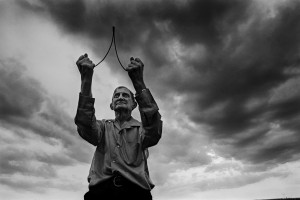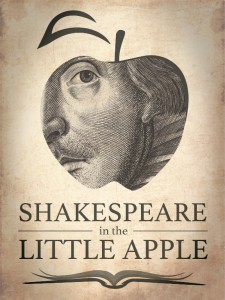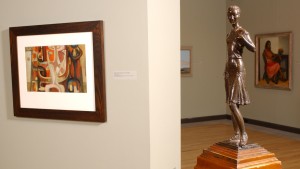March 8 – June 26, 2016
In his photographic projects for National Geographic over the last three decades, Jim Richardson has explored natural landscapes and human cultures and environmental issues around the world. But those worldwide photographic coverages were rooted in his Kansas upbringing and the subjects he found close to home. Beneath the Prairie Sky will explore life and meaning on the Great Plains. He has returned often to the subject of the prairie and the livelihoods of the people who make their homes in that ecosystem, at once rich and austere, beautiful and punishing. Filled with both exhilarating wonder and gnawing doubt, the artist says these photographs reflect 50 years of soul searching. Jim Richardson is the 2016 Friends of the Beach Museum of Art Gift Print Artist.

Friends of the Beach Museum of Art Gift Print
The Friends of the Beach Museum of Art (FOBMA) commissions a printmaker or photographer to produce a limited-edition print for sale to Friends and the public each year. Kansas State University’s “Friends of Art” started the gift print program in 1934 as a reward for members. The program still serves this purpose and recognizes outstanding contemporary printmakers and photographers associated with Kansas. Since the mid-1990s this honor has also included an exhibition organized during the release of the gift print edition.
The 2016 Friends of the Beach Museum of Art Gift Print is photographed and printed by Jim Richardson.
For more information about becoming a FOBMA member or purchasing a gift print, call 785-532-7718 or visit our Friends page
This exhibition is generously sponsored by the Friends of the Beach Museum of Art and Friends of the Beach Museum of Art Business Partners.
Related Programs
All programs take place at the Beach Museum of Art and are free and open to the public unless otherwise noted.
March 10, 2016, 5:30 p.m.
Gallery Walk with Jim Richardson and Opening Reception, Register for a spot in the gallery walk upon your arrival.
April 28, 2016, 2-6 p.m.
Global Food Systems Research
Science Communication Symposium
2-4 p.m., Presentations by graduate student and postdoctoral Global Food Systems research team members
4:30 p.m., Closing keynote by Jim Richardson on the Origins of Agriculture

